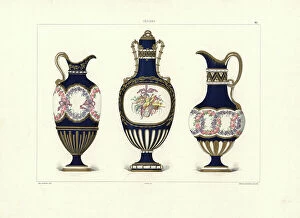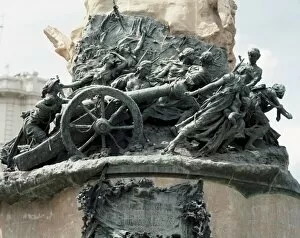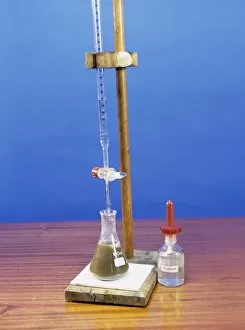Burette Collection
"Burette: A Timeless Elegance from Delft, Netherlands in the 18th Century" Step into the enchanting world of Delft, Netherlands in the 18th century
All Professionally Made to Order for Quick Shipping
"Burette: A Timeless Elegance from Delft, Netherlands in the 18th Century" Step into the enchanting world of Delft, Netherlands in the 18th century, where plate and pitchers adorned with intricate designs captivate your senses. The delicate craftsmanship of these treasures transports you to a bygone era. Le Vocabulaire Illustre introduces us to the mesmerizing beauty of a burette - an oil-can or Oelkanne as depicted in an exquisite engraving. Its graceful curves and ornate details make it a true work of art. Not far behind is a stunning flagon and butterdish also hailing from Delft. These pieces exude elegance and sophistication, showcasing the mastery of Dutch artisans during this period. Moving forward in time, we encounter Agustin Querol's Monument to the Siege of Zaragoza. This monumental sculpture pays tribute to history while reminding us of the resilience and strength displayed during challenging times. In another realm entirely, partial background vases catch our eye with their unique design elements known as fonds partiels. These vases add depth and intrigue to any space they grace. Stepping into a doctor's studio brings us face-to-face with knowledge and expertise. In one captivating portrait captured in black and white, we see a doctor holding burettes - instruments that symbolize precision and accuracy within medical practice. A glimpse into laboratories reveals scientific wonders at play. From clamp stands supporting burettes alongside conical flasks for experiments to illustrations depicting titration techniques; these images showcase advancements made in chemistry over time. Bio-organic chemistry labs take center stage next as we witness researchers diligently working towards breakthrough discoveries. France becomes our backdrop for innovation as scientists delve deep into understanding complex biological systems through meticulous experimentation. Lastly, we enter a microbiology laboratory where scientists explore unseen worlds teeming with life under microscopes' watchful gaze.














